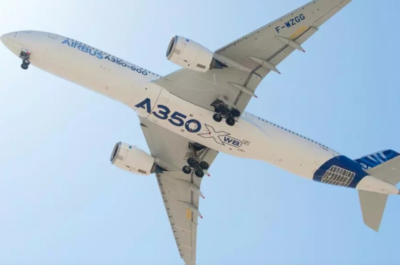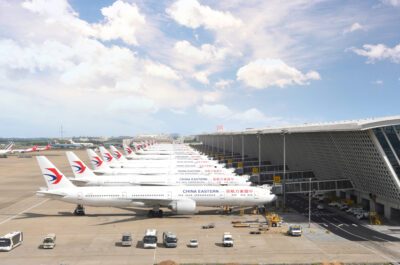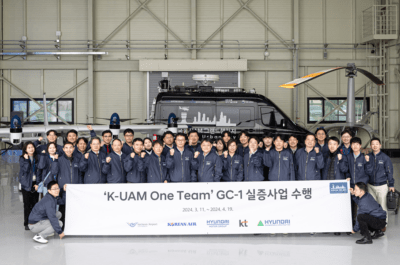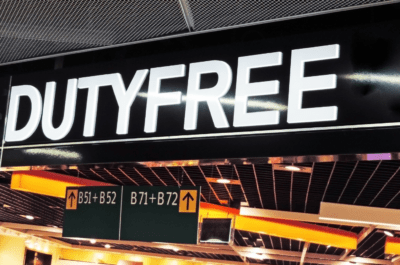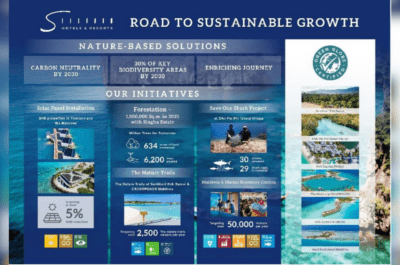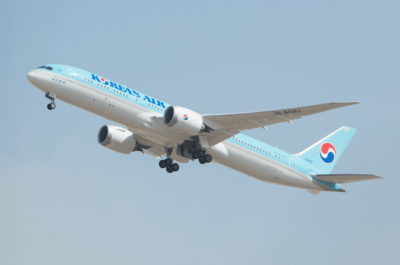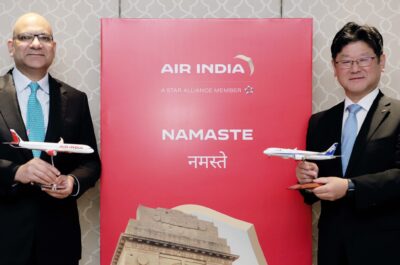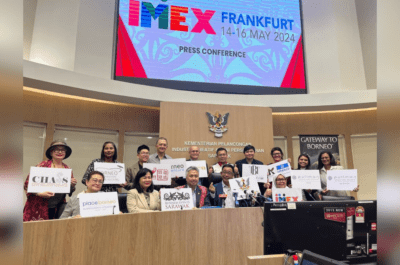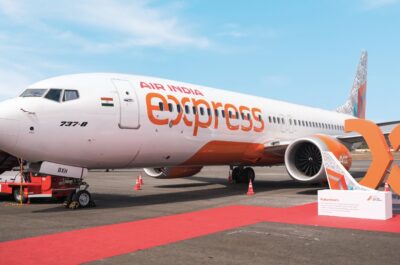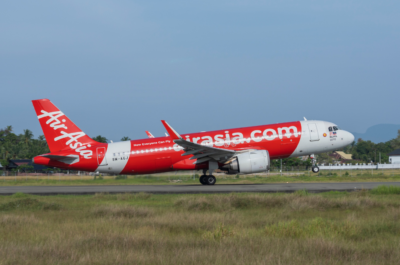…
I. Introduction
The customer will ultimately decide how travel distribution evolves in the marketplace; on this there is little to debate!
As someone who has researched travel distribution and helped lead fundamental change in this area since 1992, I want to provide a critical interpretation of what has been termed “direct connect,” as a business model concept. Business Travel Coalition’s (BTC’s) industry role is to follow developments and interpret what it sees and hears, and to ensure that the marketplace is broadly aware of the needs and concerns of the managed travel community.
Let me be direct. From what I hear in the marketplace, direct connect falls short of what travel managers want and need. They need the ability to comparison shop in whatever purchasing environment they choose to use, which means they are not willing to abandon well established channels in favor of direct connect, especially if it increases costs.
Of interest in this regard, is a survey this year of 244 business travel buyers by the GBTA Foundation that found that 89% expect an increase in travel costs if the airline industry moves to a direct connect model that bypasses the existing travel distribution system.
In the long run, any approach that a given airline or company seeks to introduce to the managed travel industry segment will succeed or fail depending on whether it provides value to the customer. In the case of airlines, the customer is the professional travel manager charged with representing the interests of his or her corporate, university or government organization in the purchasing of significant volumes of commercial air transportation services as well as the travelers whom they look after.
II. Context
Now, direct connect, as a boardroom theory, cannot be examined in isolation from the larger managed-travel distribution environment – it mission, objectives, investments, requirements and participants.
So where do travel management companies (TMCs) actually fit in this discussion? TMCs exist to serve the needs of their corporate travel-manager clients. Together TMCs and their clients will embrace a distribution model that is in their strategic interests, whether that includes direct connect or not. And remember, corporations today, as they always have, willingly pay for airline distribution costs in the price of their tickets.
Importantly, numerous airline executives, and especially CEOs, do not understand modern travel management as practiced by leading organizations. They often do not grasp what travel managers truly value as they set about managing their programs. In North America, airlines certainly did not adequately consult customers prior to attempting to impose direct connect on the industry.
I recently had as a lunch guest the head of sales and marketing for a large global airline. Soon he organized the salt and pepper shakers on the lunch table to symbolize an airline and a travel manager. He then placed an ashtray representing a global distribution system (GDS) and a sugar bowl denoting a TMC in between the travel manager and the airline. He next gestured to remove the sugar bowl and ashtray and exclaimed: “Kevin, can you imagine how great it would be if we could get the GDS and the TMC out of the middle!”
He was quite animated, and clearly thought I would be too. Obviously, he doesn’t get it. What was vividly clear to me from this diorama was that he did not understand the requirements of modern travel management, or moreover, the value proposition of GDSs and TMCs. More about this in a few minutes; let’s turn now instead to how direct connect is defined and how it works.
III. Direct connect definition
Let’s examine direct connect – thinking through how it might be enabled in the marketplace. One part of this debate, though, that has been confusing for me, and I suspect for others, is the question of exactly what direct connect is and what all the controversy is about?
Some say it’s all about new, more modern XML-based technology that would enable airlines to merchandise a customized offering to individual travelers. But executive director Jim Young of Open Axis – the airline run and largely financed XML advocacy coalition – told the U.S. publication The Beat recently that technology is not the problem.
Others say it’s really about bypassing the GDSs altogether and going “direct” to TMCs or travel departments. And perhaps most confounding are a couple of recent press releases touting “direct connect” utilizing a GDS. Talk about a misnomer! Perhaps the airlines themselves have lost sight of what direct connect is meant to be. It’s no wonder that there’s confusion out there.
IV. Diverrgent approaches to direct connect
BTC actually sees two distinct approaches to direct connect. The first is what I would call customer-centric, and it is a technological and economic approach that uses appropriate existing and emerging merchandizing technologies used by GDSs and others. It addresses modern managed travel requirements and supports an economic model that is fair and reasonable to all supply-chain participants.
This model is being developed cooperatively by the GDSs together with progressive airlines such as Air New Zealand and Air Canada as well as a number of airlines in Europe. This approach leverages existing industry technology infrastructure and investments, that is to say, filing ancillary or “OC” charges through ATPCO and settling electronic miscellaneous documents, or “EMD” records – effectively the e-ticket for ancillaries – through BSP, or ARC.
The second approach to direct connect is what I would characterize as airline-centric, which is likewise a technological and economic approach, but one that seeks to shift costs, fragment content and control the passenger.
I reject this approach, as apparently do the vast majority of North American and EU travel managers and TMCs that advise BTC.
Let me repeat that, and I hear this over and over. Travel managers and the TMCs that represent them have consistently and uniformly told me that this is not a model that they support, period.
V. Direct connect in practice
So, in practice, and at a high level, how would these different approaches actually work?
In the customer-centric model, at the traveler’s request the TMC queries the GDS and all options are returned for the traveler’s consideration, including any ancillary services and bundles of services that are permissible within an organization’s travel-policy parameters, or that might be requested for that particular flight.
In contrast, in the airline-centric model, the TMC queries the airline’s inventory system and the airline returns only what it wants the traveler to see. The objective here can only be airline revenue maximization as opposed to customer satisfaction.
Indeed, in its Q1 results conference call this past April, American Airlines’ CEO Gerard Arpey told analysts that it is essentially wrong to think of direct connect as being about costs; it’s about generating more revenue. Thus, to BTC, making additional products and services available as broadly as possible is customer-centric; maximizing revenue is airline centric.
VI. Ignoring travel managers’ concerns
In this airline-centric model, airlines seek to ignore travel managers’ concerns about fragmented, incomplete content, which includes fares and fees. They argue that travelers are “demanding” customization of the product offering. If that is so, their efforts to push passengers into the airline-centric model will be successful. However, in the managed travel community that I live in there is precious little “demanding” going on.
Airlines’ attempts to control the traveler through targeting with special offers have long contravened the objectives of managed travel programs and been rejected by travel managers. So why do airlines continue to endeavor to advance the same policies merely disguised in new packaging?
Comparison-shopping of the all-in price of commercial air transportation is one of the highly positive consequences of airline deregulation. It is no secret that airlines would like to limit side-by-side comparative shopping of their products – and it’s hard to blame them. But the reality is that their customers want to have the ability to comparison shop – and it’s hard to blame them either.
But much like my animated lunch guest, some airlines don’t get any of this! And, as a consumer, I can only suggest that, again, I don’t hear a tremendous groundswell of support from individual travelers asking for “cool” customized offers. In fact, the U.S. publication Consumer Reports recently found that the airlines have reached a level of customer satisfaction only consistent with the Internal Revenue Service, the body responsible for taxing the public. So, perhaps airlines ought to solve some basic customer service problems before attempting to launch “personalized experiences.”
Around the world, governments are general taking the view that more and more intense competition is a good thing. In the U.S., the Department of Transportation has just recently mandated that airlines prominently display information about baggage and other fees on their own websites – where there are no offerings from competitors, let alone comparison-shopping opportunities. According to the Consumer Travel Alliance, most airlines are thumbing their noses at the Department and doing their level best to make it hard for consumers to find the right links to the fee information. One airline placed its fee information in its News and Updates section. It will be interesting to see what, if anything, the Department does about airlines’ non-compliance.
As with so many things in the modern world, it’s hard to imagine some of the things airlines say. They initially blamed the lack of technology readiness on the part of the GDSs for not providing full transparency to ancillary fees. Now that the DOT has mandated full disclosure, the airlines are claiming that they cannot even manage it on their own sites. You really can’t make this stuff up! So much for Open Axis “Distribution 2.0.”
VII. Managed travel requirements
Let’s drill down a bit to better understand the requirements of today’s corporate travel departments and the TMCs that support them, and how some airline-centric direct connect proposals address those requirements.
The mission of modern managed travel is to control costs through travel policy, sourcing strategies, efficient TMC and travel department operations and the ability of travelers to choose travel options that best balance cost, productivity, convenience and safety for each given trip.
To achieve this mission travel departments and TMCs have the following five simple, reasonable but absolutely necessary requirements:
First, Transparency. Travel departments need data and price transparency; they need to be able to track employees; they need data to integrate with the back office and processes that work seamlessly on an end-to-end basis.
Second, Comparison Shopping. They need to be able to compare relevant air travel offerings on an apples-to-apples basis.
Third, Clarity of Total Spend. Spend data need to be made clear and in a manner that allows integration with all the other data from airlines A, B, C, etc. The data have to knit together to be useful.
Fourth, Control. All of the processes – the many moving parts if you will – need to work in a way that travel departments can control travel policy and drive compliance. Absent that, organizations cannot manage policy even if they have clarity of spend.
What this means is a that major travel buyer has a right to indicate that it doesn’t care about a bundle of services that an airline wants to offer its travelers, but rather, it cares what the fare is and how much x, y and z services cost – those services that it is willing to pay for. So, if a corporation demands that offerings be stripped down to their bare bones, that would be a reasonable commercial request. The airline has every opportunity to explain what it thinks is important. However, the corporate, government or university entity is paying, and therefore, should have the opportunity to make the decision about what is offered to its travelers.
The same arguments that airlines are making about how consumers should not have to pay for baggage costs, if they are not checking a bag, should apply to these large and valuable customers. Airlines should not force such a customer to take a product bundle that includes things that they are unwilling to pay for. Travel departments need to be able to manage which ancillaries are made available to their travelers. So, whether that comes as a bundle or a single ancillary service, they need to be able to control such offerings.
In the leisure travel space, airlines can more rationally make the argument that they want to offer consumers various customized offerings because they have looked at their buying histories, and the traveler personally pays the bill. Even here, however, the informed customer is likely to want full disclosure and the right to comparison shop; we shall see what the marketplace decides.
Finally, Management Tools. TMCs have a symbiotic relationship with their clients; they need what their clients need, and the tools to support them. It is unrealistic to think that TMCs would throw away all their investments because one airline or even a few seek to change the way business is conducted. It is okay to push for change; it’s healthy. I am simply saying it is prudent and respectful to listen to your customers as you do so.
VIII. Airlines centric direct connect evaluation
The airline-centric, direct connect proposal as explained to U.S.-based TMCs, corporate travel managers and the press, fails either in part or in whole to meet each of these requirements. Period, full stop.
It is corporate hubris in the extreme to think TMCs and travel managers would embrace radical change, and what by all accounts is an incomplete solution, that is unproven in the marketplace and carries with it all manner of implementation, operational and financial risks. This commercial threat is what drives the tremendous volume of feedback that some seem to want to ignore. The problem that proponents of this ill-conceived upheaval face is too much disruption against too much stakeholder resistance.
Hubris aside, all firms have a free-market right to endeavor to change an industry’s current practices. Customers depend upon and can benefit from this kind of marketplace competition. However, the truth is there would likely be little debate about direct connect, and probably no antitrust lawsuits in the U.S. right now, if the solution were wind-tunnel-tested and found to be better, cheaper, faster for all industry participants instead of beneficial for an airline or two and some start-up technology vendors.
Unfortunately, so much about the airline-centric direct connect initiative in the U.S. has been shrouded in secrecy, that more than a few industry observers have concluded that the whole exercise was designed to increase airline leverage ahead of 2011 airline-GDS negotiations.
IX. The role of technology new entrants
Please, do not misunderstand me. Start-ups have an important role to play in all industries, including in a competitive travel marketplace. Whether they are new entrant airlines, card companies or technology firms, they often bring alternative concepts to a market and encourage larger, naturally slower firms to respond. And, as just referenced, start-ups can be used by suppliers and other market participants to create negotiating clout.
For example we saw a large UK airline leverage a smaller credit card company as a means of securing a more favorable deal out of the market leader during the last decade. Similarly, in 2006 we saw U.S. airlines leverage so-called GNEs, or GDS new entrants, as a means of getting better terms from the existing GDSs.
Such tactics are not pretty, but they are what the real world is made of. The use of new entrants can encourage efficiencies and innovations at GDSs. So, this can be a good thing, and as sure as the day is long, additional new entrants will come along to replace the current crop of start-ups who will be pressed by the same commercial reality in that future day.
Often though, these new entrants are thinly capitalized – which is highly relevant if you are a TMC being pressured to do business with them – and they sometimes cherry-pick lucrative areas in distribution without offering a complete solution. They are also often perceived to tend to complain when the marketplace does not beat a path to their doors. Managed travel is technologically complex; it’s actually more than just take the Internet and add water!
The biggest complaint I read about are the purportedly highly restrictive GDS – TMC contracts. Let’s briefly look at this forcefully presented complaint.
X. Myths concerning GDS-TMC agreement restrictions
In U.S. federal antitrust lawsuits, in the press and before the U.S. Department of Transportation, some airlines have aggressively claimed that they as well as new-entrant travel technology firms are being blocked in their efforts to offer or facilitate direct connections to TMCs in competition with GDSs because of highly restrictive agreements between GDSs and TMCs.
Such claims, if true, would obviously have serious implications for efficiency and innovation in the marketplace for travel distribution services and would generate negative outcomes for consumers.
Since the specific terms of all GDS-TMC agreements are not known, the American Society of Travel Agents and BTC sought the expertise and analysis of the U.S.-based Law Offices of Mark Pestronk, P.C.
Mark Pestronk, Esq. is a travel industry expert and attorney who has reviewed and consulted with TMCs on hundreds of such agreements. His decades of experience in this area have made him knowledgeable about what these agreements contain and do not contain.
In response to ASTA and BTC, Mr. Pestronk has put together a report, which can be viewed on the BTC website. The upshot is that of 10 suggested restrictive terms and conditions, 4 are total myth – they have never been known to exist in a GDS-TMC contract; 4 existed at a time when the GDSs were owned and controlled by airlines but were made illegal by the government or otherwise discarded by the GDSs in years past; and the 2 that remain – pro rata refunds of signup bonuses in the event of booking shortfalls and market share goals vis-à-vis other GDSs, pose no special competitive problems. In fact, they are common terms in agreements that airlines have directly with corporate travel departments themselves.
XI. Conclusion
There are no unusual competitive barriers to the success of firms with better ideas. Travel managers and TMCs have proven that they will move to where the value is whether it is to online booking tools, traveler tracking capabilities or data management programs.
They will happily remove any useless pieces on the lunch table, whether it is the salt, pepper, ashtray or anything else, if it saves money, reduces complexity, enhances security or improves traveler satisfaction. And, as long as it doesn’t impair objectives regarding price transparency, comparison-shopping, spend clarity, management control and best-in-class technology tools.
I conclude, therefore, that the fate of direct connect and the evolution of travel distribution will be determined by customers – which is exactly as it should be.
About Business Travel Coalition
Founded in 1994, the mission of the Business Travel Coalition is to bring transparency to industry and government policies and practices so that the managed travel community can influence issues of strategic importance to their organizations






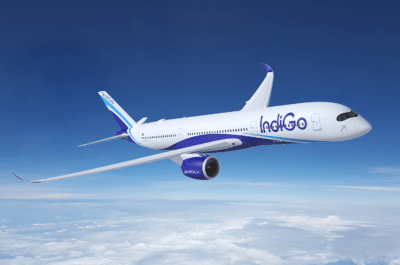











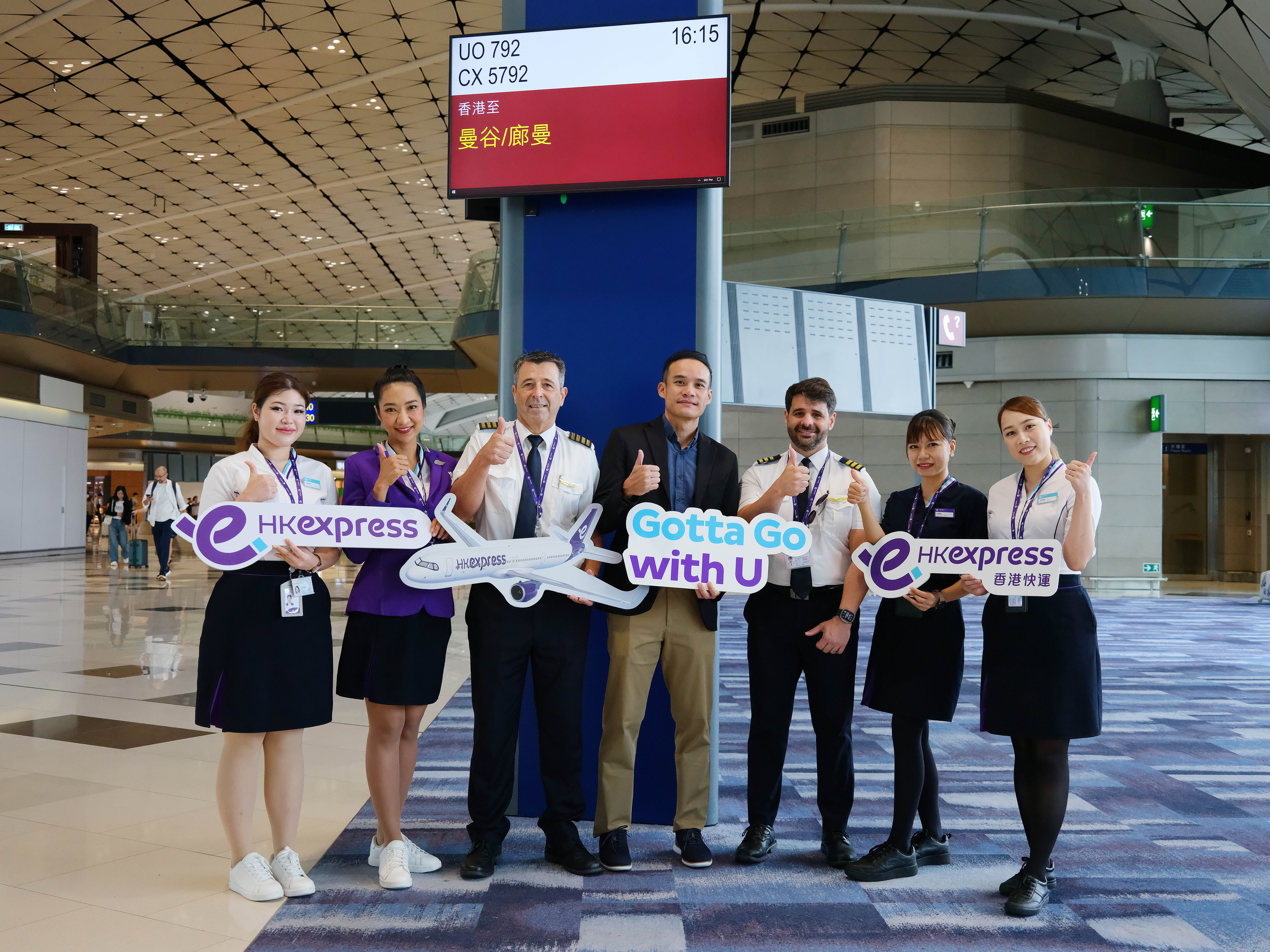


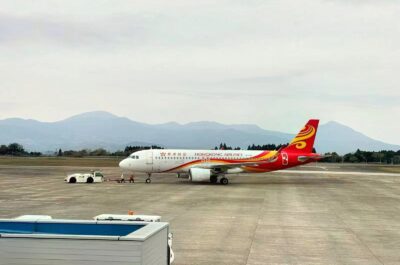




![[PR] PR_Ascott and Vimut Hospital_2024](https://www.traveldailynews.asia/wp-content/uploads/2024/04/PR-PR_Ascott-and-Vimut-Hospital_2024-400x265.jpg)




